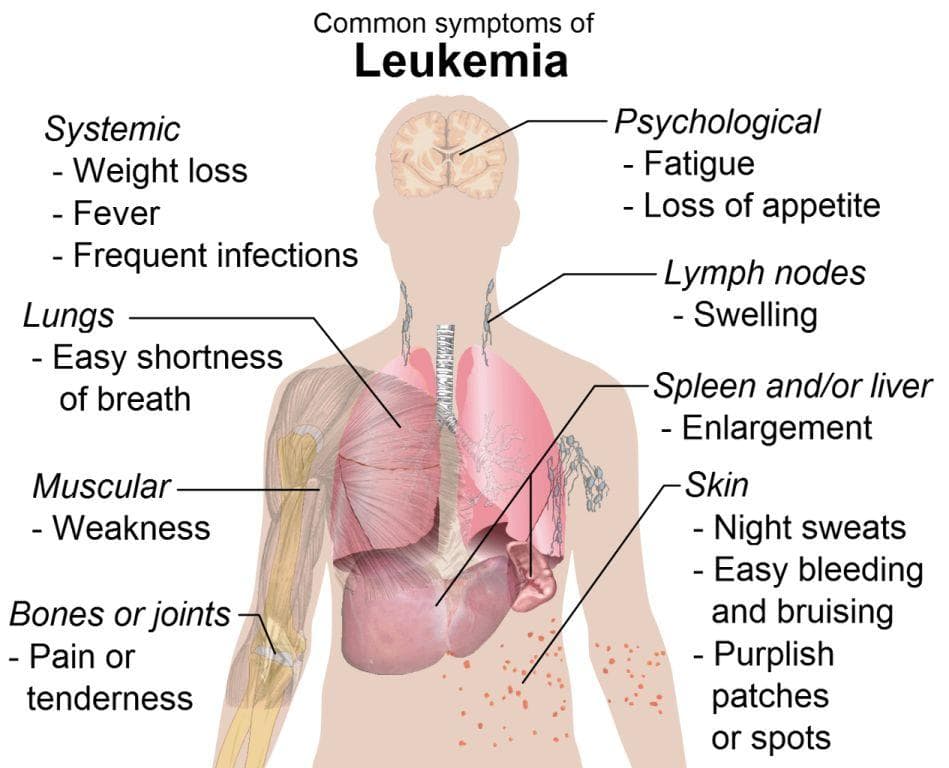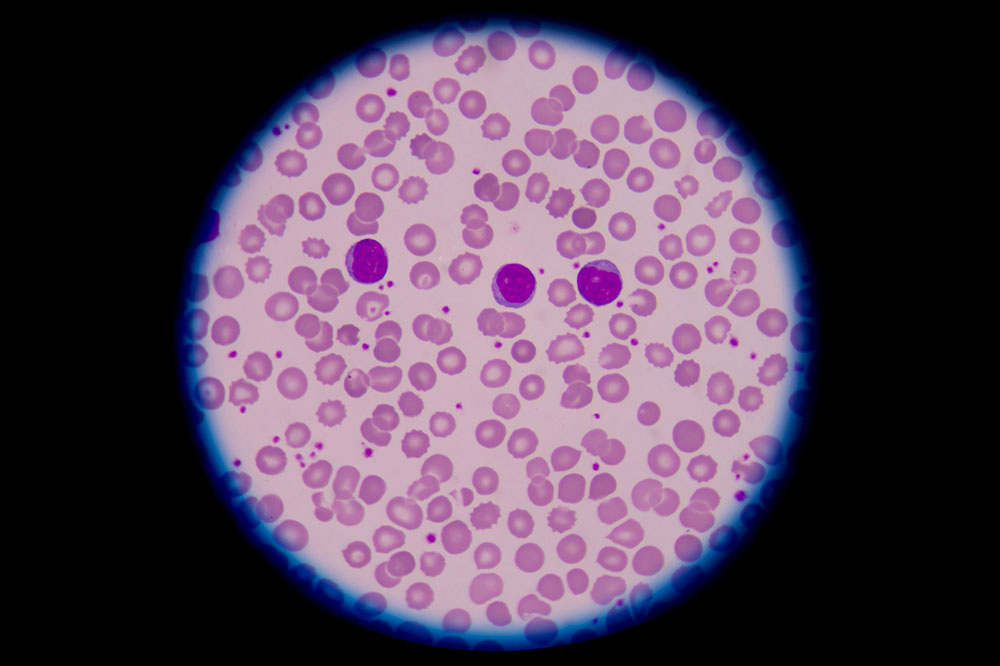Understanding the Signs and Symptoms of Leukemia
Leukemia is a blood cancer impacting white blood cells, with symptoms including abnormal bleeding, anemia, swollen lymph nodes, increased infection risk, and overall fatigue. Early detection is crucial for effective management. Seek professional medical advice for diagnosis and treatment options.

Leukemia is a type of cancer that originates in blood-forming tissues such as the lymphatic system and bone marrow. It impacts white blood cells, which are vital for combating infections. Normally, these cells grow and divide as needed, but in leukemia, abnormal cells are produced that do not function properly.
Prevalence of Leukemia
Men are more frequently diagnosed with leukemia than women. Annually, around 30,000 new cases are identified in the country.
Typical Symptoms of Leukemia
Early stages often show no noticeable signs. When symptoms appear, they may include:
Bleeding and Bruising
Patients might notice frequent nosebleeds, bleeding gums, blood in urine or stool, or easily bruised skin. Tiny red or purple spots, called petechiae, may also develop under the skin.
Anemia
Reduced red blood cell levels can lead to fatigue, pallor, and lack of energy, as oxygen delivery to tissues diminishes.
Swollen Lymph Nodes
Enlargement of lymph nodes in areas like the neck, armpits, or groin occurs due to abnormal lymphocyte buildup.
Increased Infection Risk
Impaired immunity makes patients more prone to infections such as sore throat, pneumonia, skin rashes, mouth sores, or fever.
General Weakness and Discomfort
Unintended weight loss, persistent fatigue, upper abdominal discomfort, prolonged fever, or night sweats are common symptoms.
Important Notice: The information provided here is for educational purposes only. It is essential to consult licensed healthcare professionals for diagnosis and treatment. The content should not replace professional medical advice.










